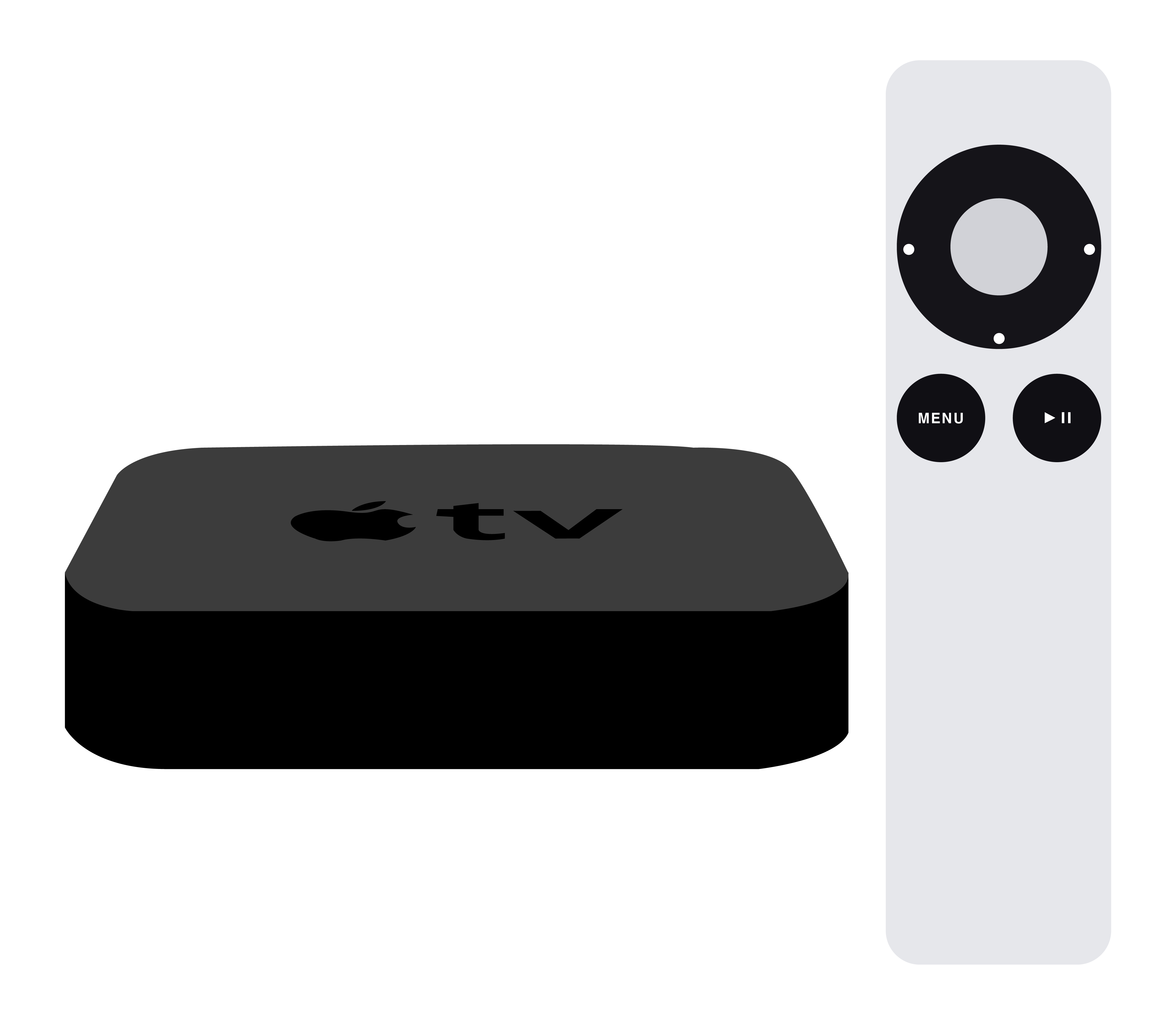Over-the-top content – film and TV services delivered directly over the Internet to connected devices – is a key part of the evolution of connected TV.
The OTT market, already showing huge consumer uptake via providers like Netflix, Hulu, and Amazon is expected to increase fourfold by 2019, with OTT subscription forecasted to generate $31.6 billion in revenue. And it’s changing. The direct-to-consumer model, once the territory of only a few players, is becoming a more complex ecosystem with more options for viewers.
1. The Market is Ready for OTT
The Prospects for Premium OTT in the USA Report, released by Ooyala and Vindicia, found that the environment is perfect for the growth of OTT services. The infrastructure is already in place; there is greater availability of public WiFi; tablets, connected TVs, and streaming media players are becoming more popular among consumers; and device interoperability is improving. The report also indicates that consumer awareness, understanding and willingness to pay for premium OTT services are exceptionally high in the USA, as the success of services like Netflix demonstrates.
2. Broadcasters are Breaking Into OTT
While the market has been primarily dominated by Netflix, Hulu, and Amazon, industry experts predict that this won’t be the case for much longer. Already, major broadcasters are introducing OTT options: CBS All Access, HBO Now, and DISH Sling TV are just a few examples. In 2016, the OTT market saw a wide range of new services enter the milieu as companies like ABC, FOX, NBC, Telemundo, and Univision launch subscription OTT services of their own.
3. Mobile OTT Content Will Become More Important
Mobile OTT content will be in high demand as TV Everywhere continues to grow. Ed Bartum, Head of TV Research and Analysis at analyst and consultancy firm Ovum, notes that there is an ongoing hunger for “Martini TV” – content at any time, any place, anywhere. The result is that premium OTT offerings are being developed that include more extensive mobile functionalities to target the increasingly mobile viewer.
4. Niche Services Will Proliferate
Already, niche OTT services like the MLB Channel have seen success. Industry experts believe niche offerings represent a significant opportunity, particularly in the following areas:
- Sports
- Ex-pat, Ethnic, Foreign Language
- Personality
- Specialist Film & TV
- Kids
In these categories, they predict that 15-20 niche OTT providers will attract 100,000 or more subscribers by 2018.
5. Live Streaming/Broadcast Will Come Into Play
One area that OTT providers have thus far lacked is in the live streaming category, though this won’t be the case for much longer. New OTT players and even major broadcasters are diving into live OTT programming, a trend that will increase as the space evolves. Offering live streaming on top of VOD will be an important marker of success as audiences seek both live channels and the ability to watch content on demand.
6. The Pay TV and Premium OTT Market Will Converge
Pay TV and premium OTT services are likely to overlap significantly as broadcasters, studios and tech companies look for ways to reach audiences in the evolving TV landscape. It’s likely that bundling and distribution deals between OTT providers and pay TV services will increase and we’ll see more competitively priced packages introduced. Already, Netflix, Amazon, and Hulu are entering into multiple affiliate deals, such as the partnership between Netflix and DISH, and the deals between Hulu and Cablevision, Armstrong, Atlantic Broadband, and MediaCom.
Why Should You Care About OTT?
Broadband TV News put it best: “Services which fail to understand the increasingly complex array of choices available to the audience will struggle against those that address the need for connectivity, perhaps in hardware as well as content.”
The potential for reaching broader audiences and tapping new sources of revenue is massive and companies that are able to evolve with the market will come out on top of the competition.






